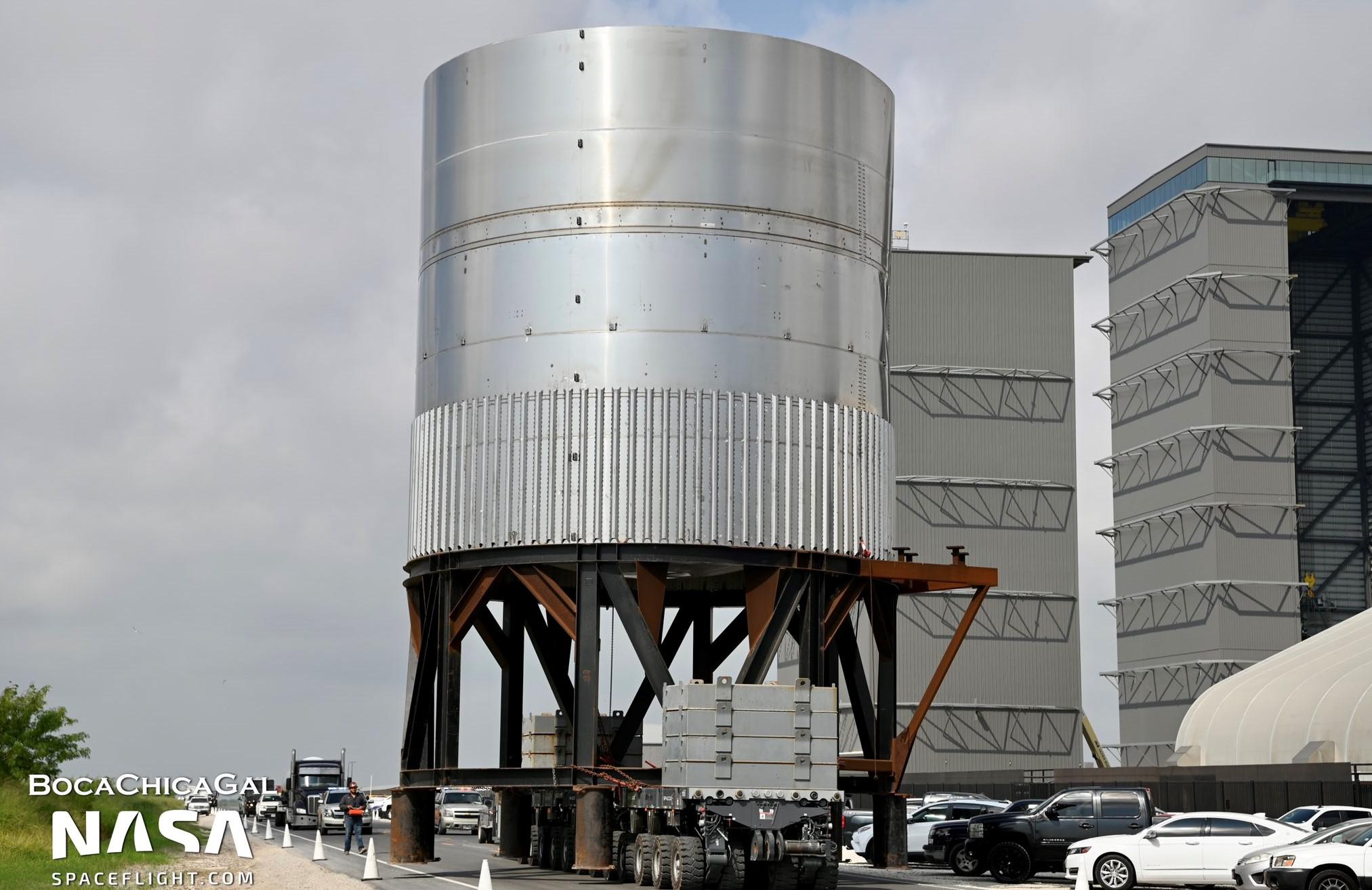
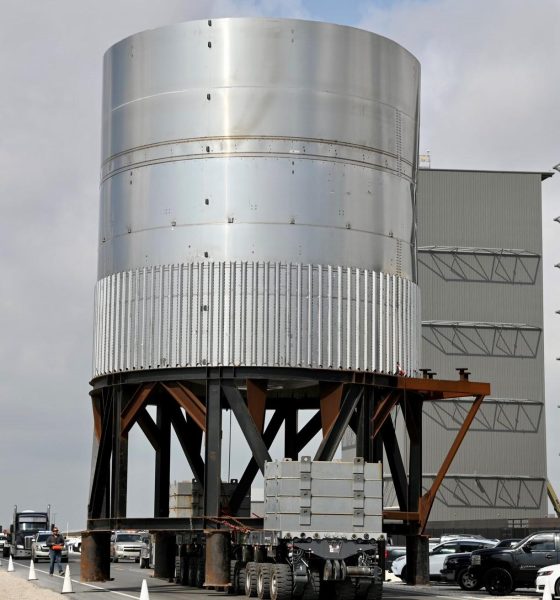
News
SpaceX rolls out Starship tank prototype to test upgraded domes
Several months after the first prototype was spotted floating around Starbase, SpaceX has finished assembling a tank designed to put upgraded Starship domes to the test.
Known only as “EDOME” per a tracking label taped to its side, the prototype looks fairly ordinary from the outside and could easily be mistaken for just the latest in a long line of nine ‘test tanks’ SpaceX has already built, tested, and sometimes destroyed. However, under its ordinary exterior of nine-meter (30 ft) wide steel rings and stringers, there are two tank domes that represent a significant design departure from the dozens of domes SpaceX has built and tested over the last two years. Much like a new nosecone design that SpaceX only began testing for the first time a matter of days ago, a large part of the dome redesign was focused on making them much easier to build.
Work on the first upgraded Starship nose prototypes began in earnest around the turn of the new year. Starship’s upgraded domes took a bit longer, with a completed prototype appearing for the first time in mid-March. To an extent, the new dome went even further than SpaceX’s slightly more modest nose redesign, drastically simplifying the structure into just one main component. Whereas the nose redesign simplified nose assembly from five to three different stacked sets of welded ‘gores,’ or tapering slices of metal, SpaceX’s dome redesign appears to have more or less reduced the number of stacked sections from three to one.
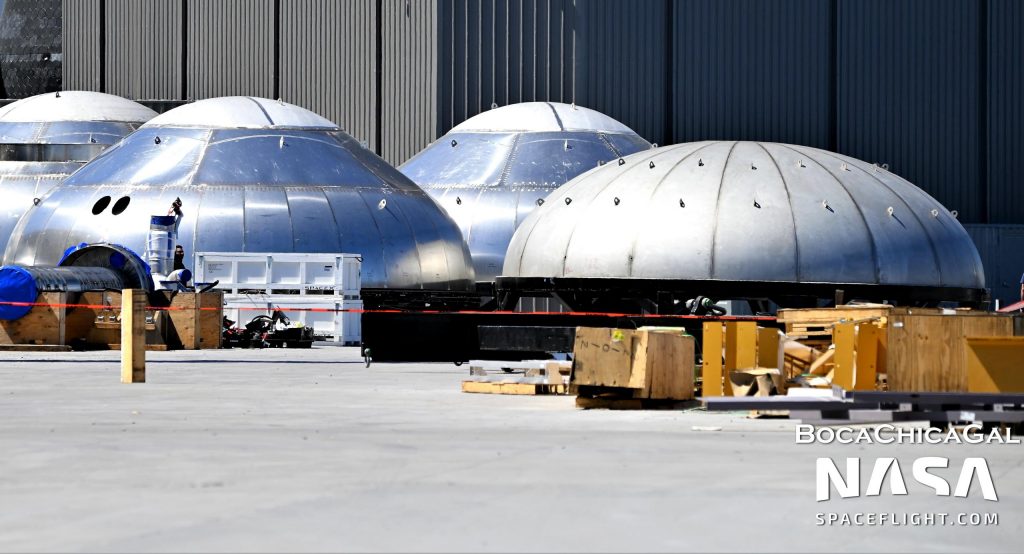
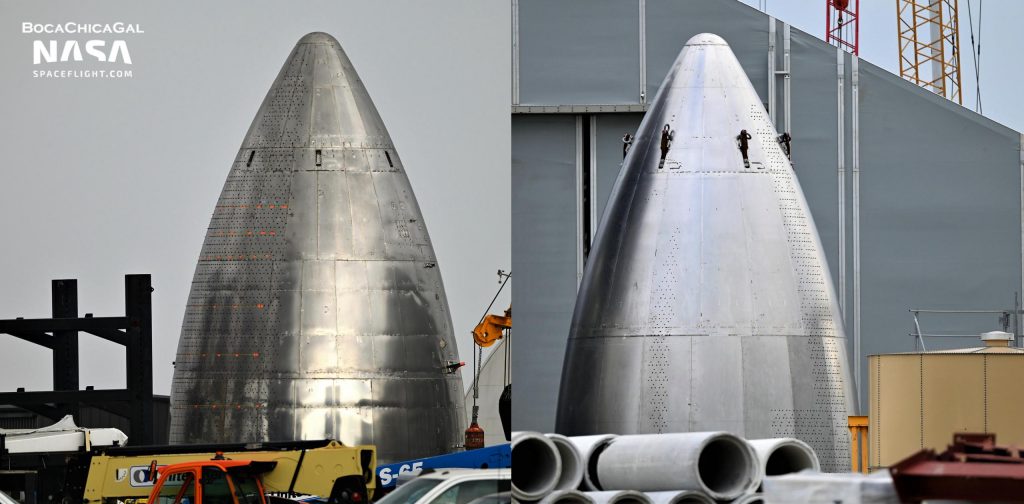
The new dome design should only require 18 ‘gores’ and one small cap, compared to the roughly 40 different pieces and three ‘stacks’ needed for each older dome. Thanks to the new dome’s more hemispherical shape, SpaceX has also managed to improve the efficiency of the design while still making it far easier to assemble. Despite being significantly more compact than the old design, the new dome should still be able to hold roughly the same amount of propellant as the old dome.
SpaceX finished assembling the first “EDOME” test tank sometime in late May or early June. The tank is comprised of two upgraded domes and five steel rings and measures nine meters (~30 ft) wide and tall. Both domes have been fitted with a single pipe: one for a set of vent valves and the other for filling or draining the tank of liquid nitrogen (LN2).
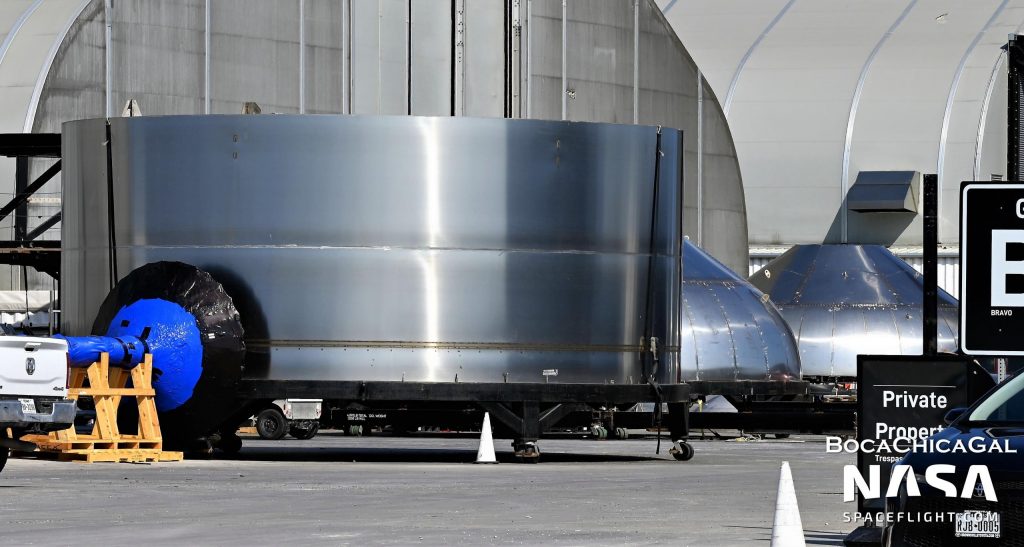
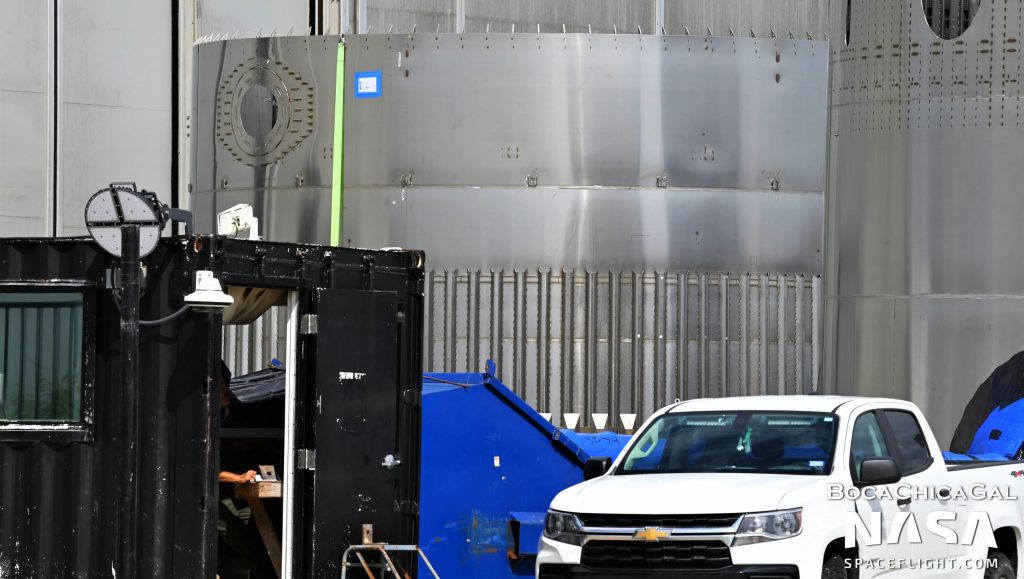
Following the tank’s June 8th arrival at SpaceX’s Starbase launch and test facilities, it likely won’t be long before the tank kicks off its first (and probably only) test campaign. Like past test tanks, SpaceX may start with a pneumatic or water test to check for leaks and ensure basic structural integrity, or it will move directly into cryogenic pressure/stress testing with liquid nitrogen. While the main goal of any test tank is to learn about new hardware, the best-case outcome would either be the total survival of the tank (i.e. too sturdy to be destroyed with the available test equipment) or its destruction well past the maximum pressure it was designed to survive. As of 2020, Starship tanks were expected to operate around 6.5 bar (~95 psi) and designed to survive up to 8-8.5 bar (~115-125 psi).
Starship S24 is expected to return to Starbase’s build site for final assembly on Thursday, June 9th, freeing up SpaceX to test the EDOME tank during one or more 12-hour test windows it has requested on June 13th, 14th, and 15th.

News
Tesla gets a win in Sweden as union withdraws potentially “illegal” blockade
As per recent reports, the Vision union’s planned anti-Tesla action might have been illegal.
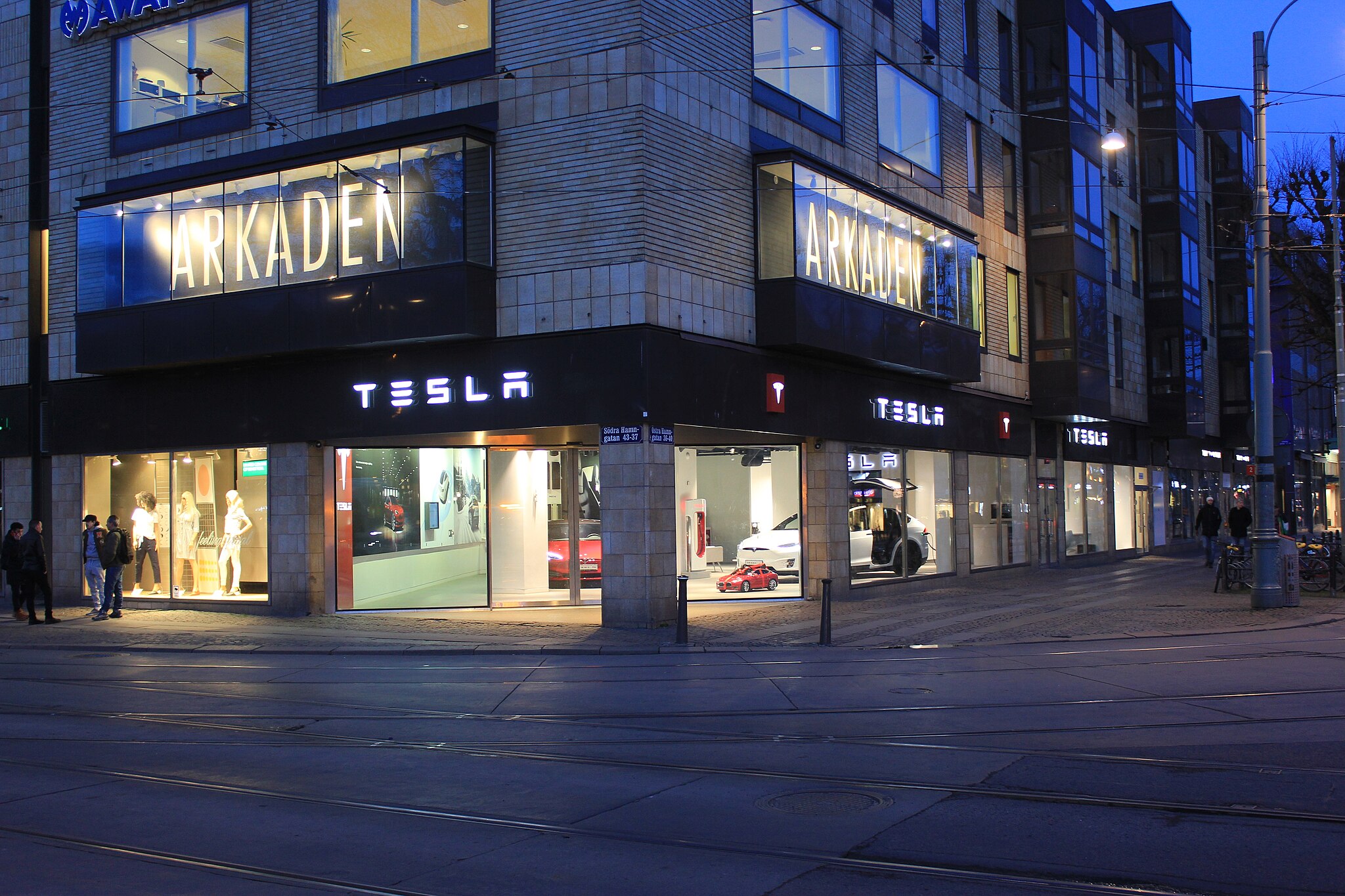
Swedish union Vision has withdrawn its sympathy blockade against Tesla’s planned service center and showroom in Kalmar. As per recent reports, the Vision union’s planned anti-Tesla action might have been illegal.
Vision’s decision to pull the blockade
Vision announced the blockade in early December, stating that it was targeting the administrative handling of Tesla’s facility permits in Kalmar municipality. The sympathy measure was expected to start Monday, but was formally withdrawn via documents sent to the Mediation Institute and Kalmar Municipality last week.
As noted in a Daggers Arbete report, plans for the strike were ultimately pulled after employer group SKR highlighted potential illegality under the Public Employment Act. Vision stressed its continued backing for the Swedish labor model, though Deputy negotiation manager Oskar Pettersson explained that the Vision union and IF Metall made the decision to cancel the planned strike together.
“We will not continue to challenge the regulations,” Petterson said. “The objection was of a technical nature. We made the assessment together with IF Metall that we were not in a position to challenge the legal assessment of whether we could take this particular action against Tesla. Therefore, we chose to revoke the notice itself.”
The SKR’s warning
Petterson also stated that SKR’s technical objection to the Vision union’s planned anti-Tesla strike framed the protest as an unauthorized act. “It was a legal assessment of the situation. Both for us and for IF Metall, it is important to be clear that we stand for the Swedish model. But we should not continue to challenge the regulations and risk getting judgments that lead nowhere in the application of the regulations,” he said.
Vision ultimately canceled its planned blockade against Tesla on December 9. With Vision’s withdrawal, few obstacles remain for Tesla’s long-planned Kalmar site. A foreign electrical firm completed work this fall, and Tesla’s Careers page currently lists a full-time service manager position based there, signaling an imminent opening.
News
Tesla Semi program Director teases major improvements
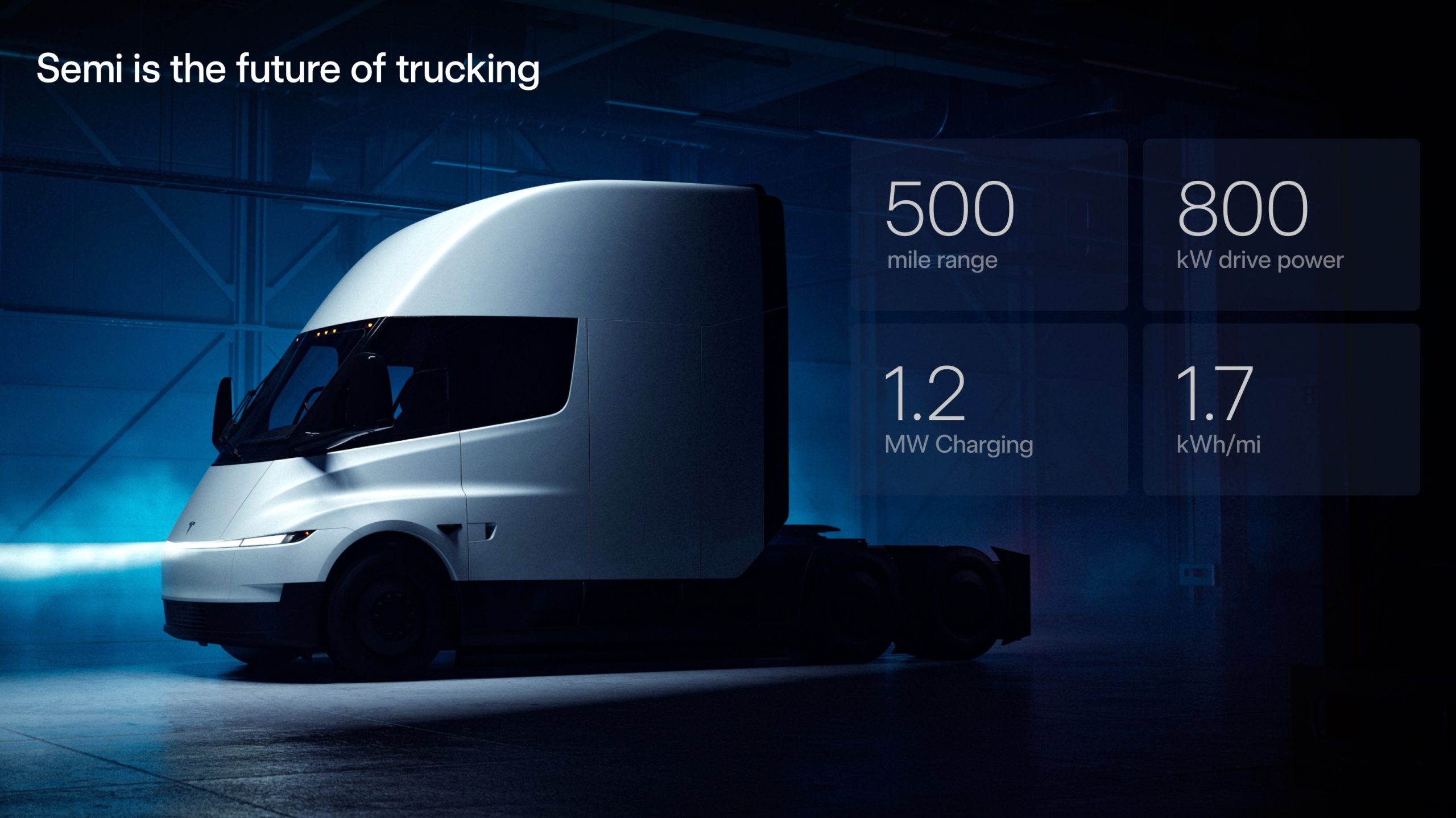
Tesla Semi Program Director Dan Priestly teased the major improvements to the all-electric Class 8 truck on Thursday night, following the company’s decision to overhaul the design earlier this year.
Priestley said he drove the Semi on Thursday, and the improvements appear to be welcomed by one of the minds behind the project. “Our customers are going to love it,” he concluded.
Just drove the redesigned Semi. Our customers are going to love it. https://t.co/KZ88sf1CDL
— Dan Priestley (@danWpriestley) December 19, 2025
The small detail does not seem like much, but it is coming from someone who has been involved in the development of the truck from A to Z. Priestley has been involved in the Semi program since November 2015 and has slowly worked his way through the ranks, and currently stands as the Director of the program.
Tesla Semi undergoes major redesign as dedicated factory preps for deliveries
Tesla made some major changes to the Semi design as it announced at the 2025 Annual Shareholder Meeting that it changed the look and design to welcome improvements in efficiency.
Initially, Tesla adopted the blade-like light bar for the Semi, similar to the one that is present on the Model Y Premium and the Cybertruck.
Additionally, there are some slight aesthetic changes to help with efficiency, including a redesigned bumper with improved aero channels, a smaller wraparound windshield, and a smoother roofline for better aero performance.
All of these changes came as the company’s Semi Factory, which is located on Gigafactory Nevada’s property, was finishing up construction in preparation for initial production phases, as Tesla is planning to ramp up manufacturing next year. CEO Elon Musk has said the Semi has attracted “ridiculous demand.”
The Semi has already gathered many large companies that have signed up to buy units, including Frito-Lay and PepsiCo., which have been helping Tesla test the vehicle in a pilot program to test range, efficiency, and other important metrics that will be a major selling point.
Tesla will be the Semi’s first user, though, and the truck will help solve some of the company’s logistics needs in the coming years.
News
Tesla dominates in the UK with Model Y and Model 3 leading the way
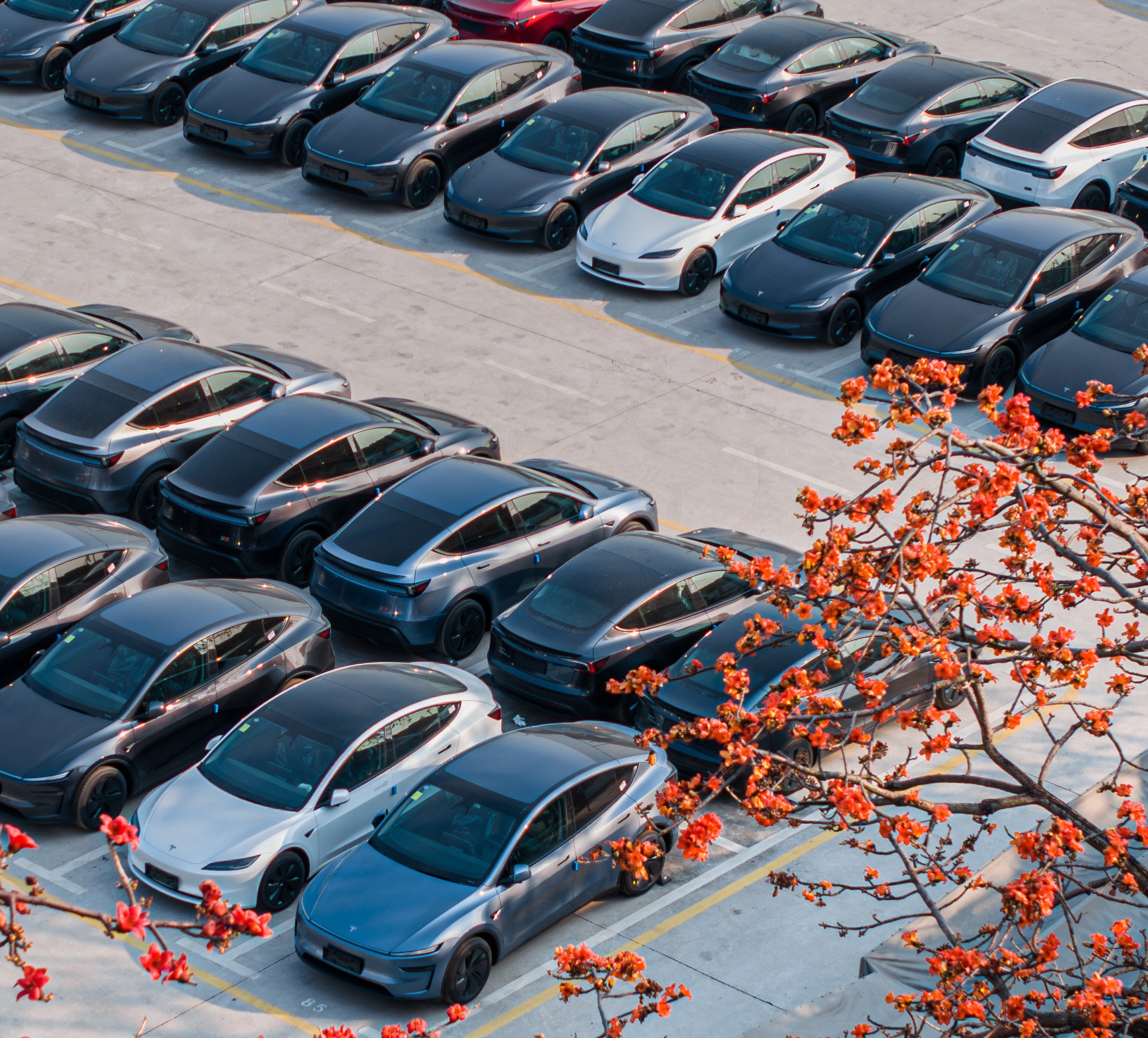
Tesla is dominating in the United Kingdom so far through 2025, and with about two weeks left in the year, the Model Y and Model 3 are leading the way.
The Model Y and Model 3 are the two best-selling electric vehicles in the United Kingdom, which is comprised of England, Scotland, Wales, and Northern Ireland, and it’s not particularly close.
According to data gathered by EU-EVs, the Model Y is sitting at 18,890 units for the year, while the Model 3 is slightly behind with 16,361 sales for the year so far.
The next best-selling EV is the Audi Q4 e-tron at 10,287 units, lagging significantly behind but ahead of other models like the BMW i4 and the Audi Q6 e-tron.
GOOD NEWS 🇬🇧 Tesla is absolutely crushing the UK electric vehicle market in 2025 💥
The numbers are in, and the dominance is clear. With an impressive amount of 42,270 vehicles delivered year-to-date, the brand now commands a solid 9.6% market share of the total auto market 🆒… pic.twitter.com/dkiGX9kzd0
— Ming (@tslaming) December 18, 2025
The Model Y has tasted significant success in the global market, but it has dominated in large markets like Europe and the United States.
For years, it’s been a car that has fit the bill of exactly what consumers need: a perfect combination of luxury, space, and sustainability.
Both vehicles are going to see decreases in sales compared to 2024; the Model Y was the best-selling car last year, but it sold 32,610 units in the UK. Meanwhile, the Model 3 had reached 17,272 units, which will keep it right on par with last year.
Tesla sold 50,090 units in the market last year, and it’s about 8,000 units shy of last year’s pace. It also had a stronger market share last year with 13.2 percent of the sales in the market. With two weeks left in 2025, Tesla has a 9.6 percent market share, leading Volkswagen with 8 percent.
The company likely felt some impact from CEO Elon Musk’s involvement with the Trump administration and, more specifically, his role with DOGE. However, it is worth mentioning that some months saw stronger consumer demand than others. For example, sales were up over 20 percent in February. A 14 percent increase followed this in June.








